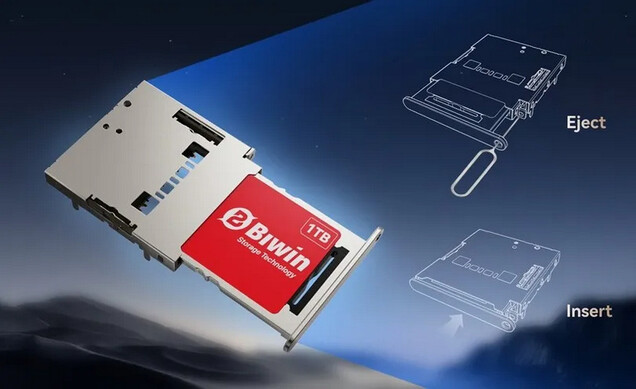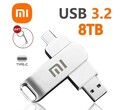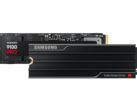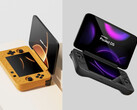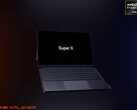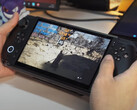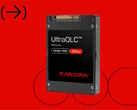MicroSD cards have long been one of the most popular removable storage solutions for mobile devices, but their speed limitations make them less attractive for high-performance applications. By contrast, M.2 NVMe SSDs offer incredibly high performance, but they are larger and are installed inside devices, so they cannot be swapped quickly. Now, a new storage format from China aims to offer the best of both worlds — and it’s already set to appear in two cutting-edge gaming devices.
Chinese storage manufacturer Biwin is introducing what it calls the “Mini SSD” (also referenced by another manufacturer as “1517” due to its measurements), which promises NVMe-like speeds in a footprint barely larger than a microSD card. The Mini SSD measures 15 × 17 × 1.4 mm, making it smaller than a U.S. penny and only slightly bigger than a microSD data storage card. Despite its diminutive size, Biwin quotes up to 3,700 MB/s sequential reads and 3,400 MB/s writes over a PCIe 4.0 x2 link, with 512 GB, 1 TB, and 2 TB capacity options.
Instead of the typical M.2 screw mount, the Mini SSD uses a SIM tray-style slot. Users insert a pin to eject the tray, making the drive as easy to swap as a SIM card. Durability is part of the pitch as well: Biwin claims IP68 dust and water resistance plus 3-meter drop protection, traits that would make the format particularly appealing in phones and cameras in addition to mini-PCs and handhelds.
On paper, the Mini SSD leaves removable flash cards in the dust. MicroSD Express — including the cards designed to work with the Nintendo Switch 2 — tops out at a theoretical 985 MB/s, less than one-third of Biwin’s quoted read speed. Full-size SD Express cards can, in theory, edge out the Mini SSD at 3,940 MB/s, but those cards are nearly twice the size of Biwin’s device. M.2 sticks remain the performance kings: M.2 2230 devices can reach roughly 8,000 MB/s in theory, while M.2 2280 drives can push to around 14,000 MB/s — but both are far larger and not designed for toolless, tray-based swapping.
Biwin’s promotional materials suggest a broad range of potential applications, including laptops, tablets, smartphones, and cameras. And the format isn’t just a tech demo. Two Chinese gaming portables have already signaled support following ChinaJoy last week:
- GPD Win 5: The Strix Halo handheld previously shown with a backpack battery accessory has been demonstrated using the new Mini SSD.
- OneNetbook OneXPlayer Super X: This hybrid laptop/tablet, also based on Strix Halo, is now advertising a dedicated “card slot” for a Mini SSD.
These are good examples of devices where the new SSD format could matter most: compact devices that require fast internal storage without taking up M.2 space on the board and adding cooling costs, as well as offering the convenience of hot swapping.
Pricing and availability remain undisclosed—there are no public product listings yet—and as with any storage specification, real-world performance will depend on controllers, firmware, thermal limits, and host implementation. It is also unclear whether Biwin’s format will become an open standard or remain a proprietary solution. Still, its combination of size, speed, and durability could make it an intriguing new option in the removable storage market.





